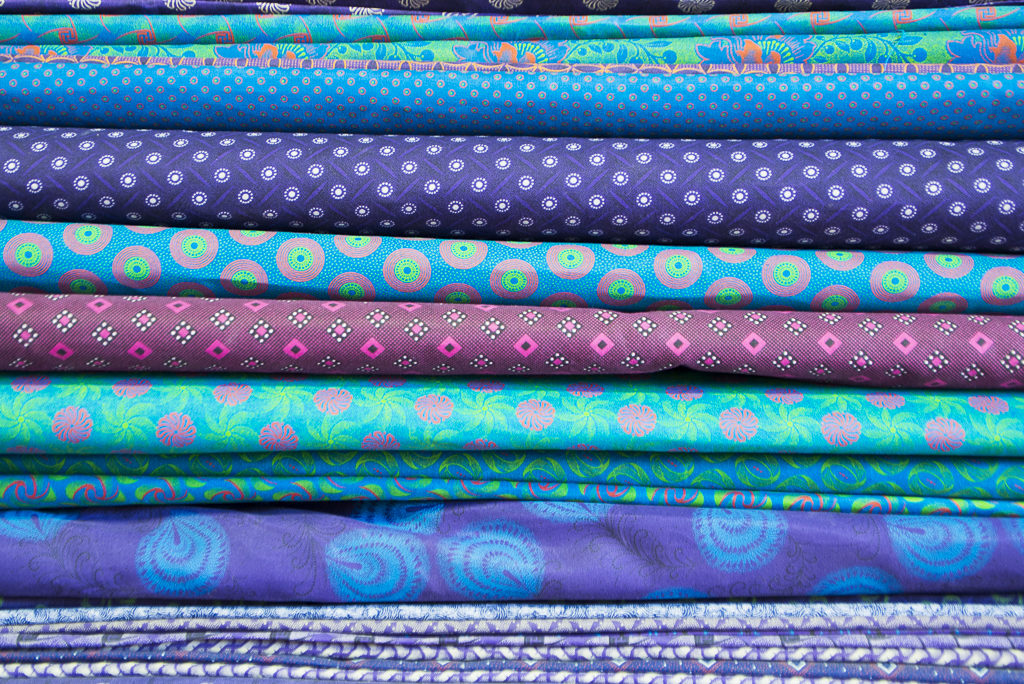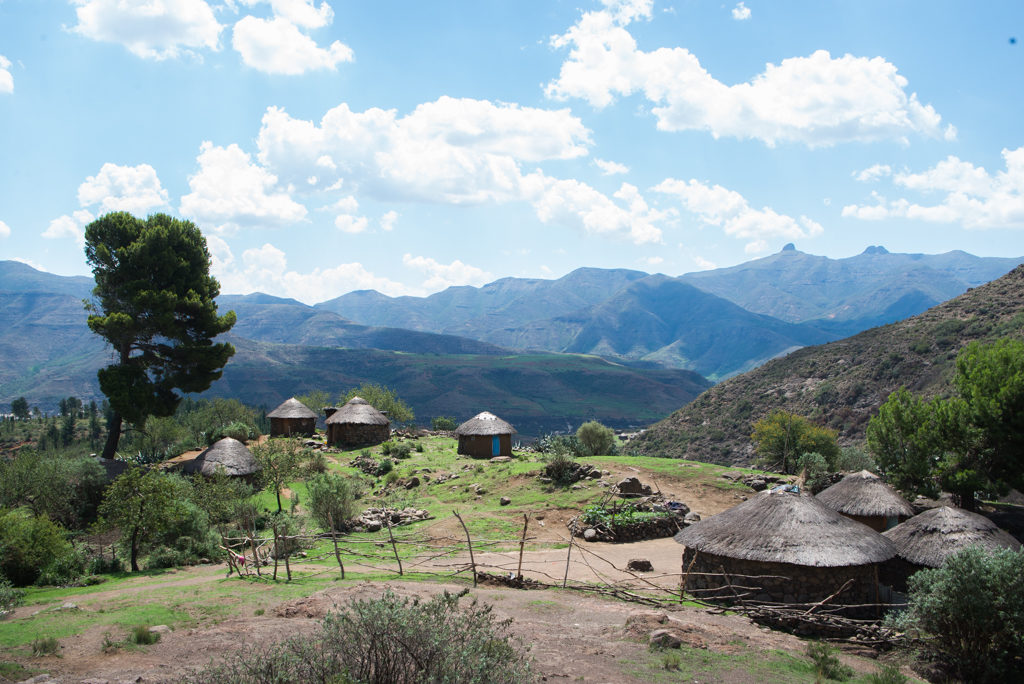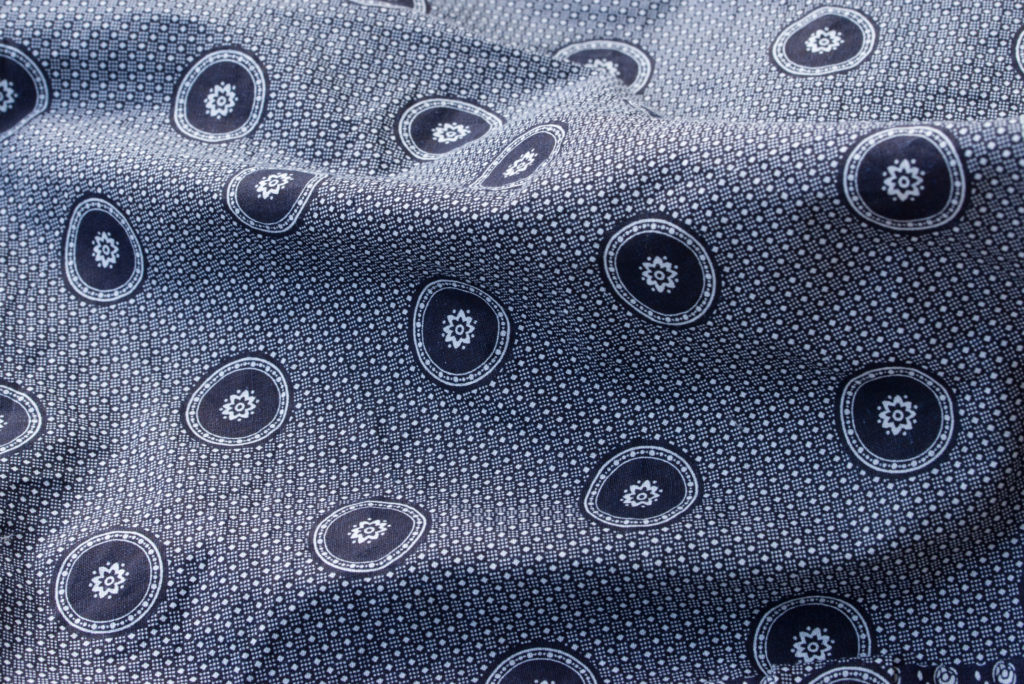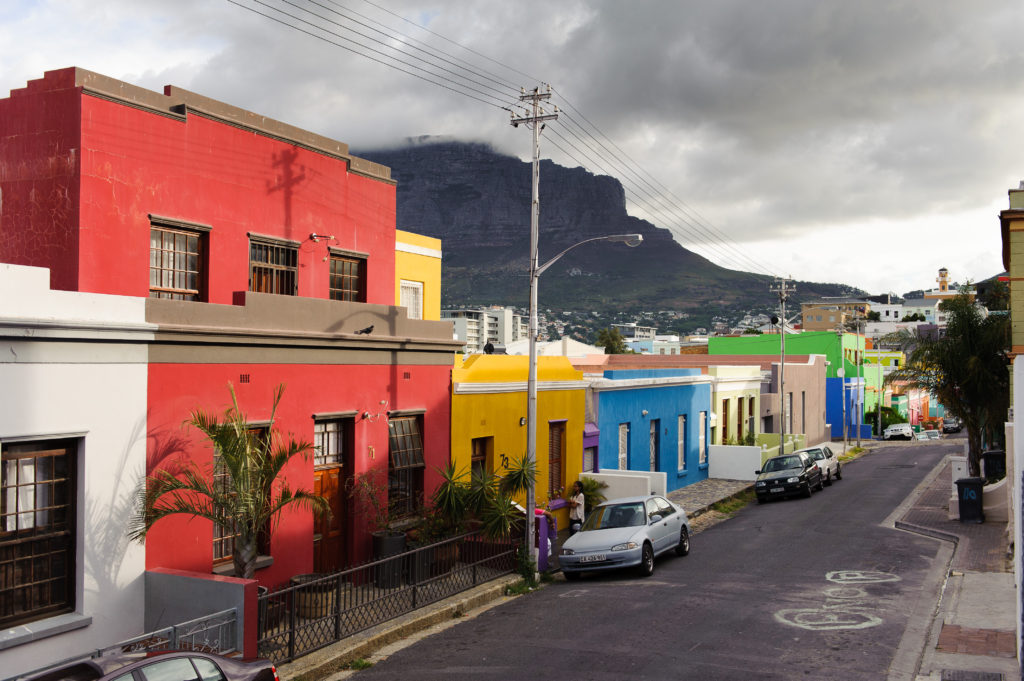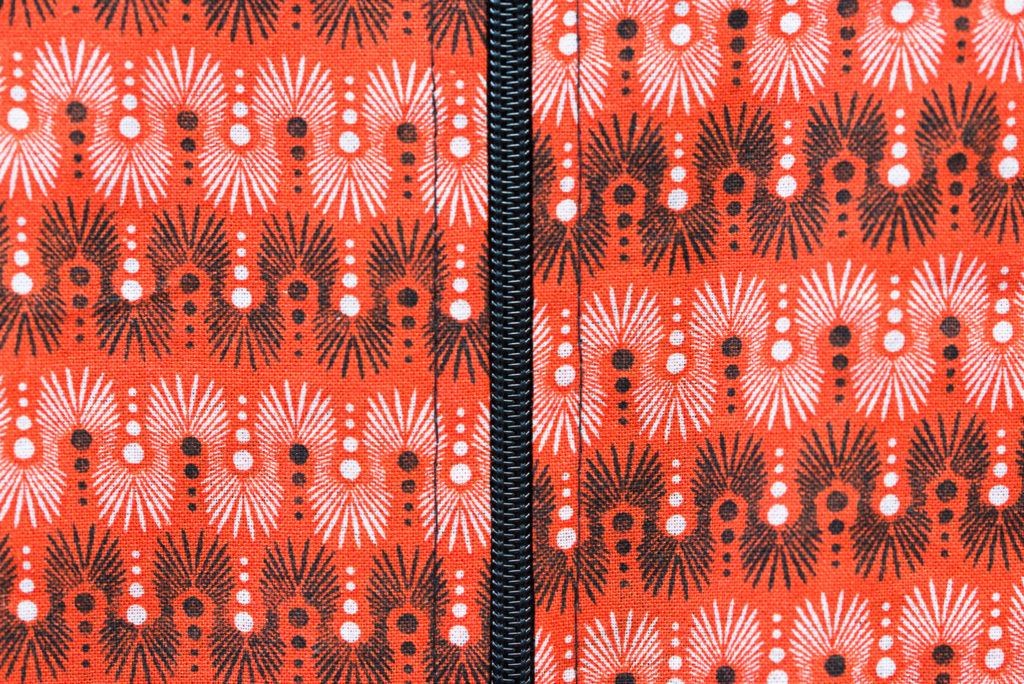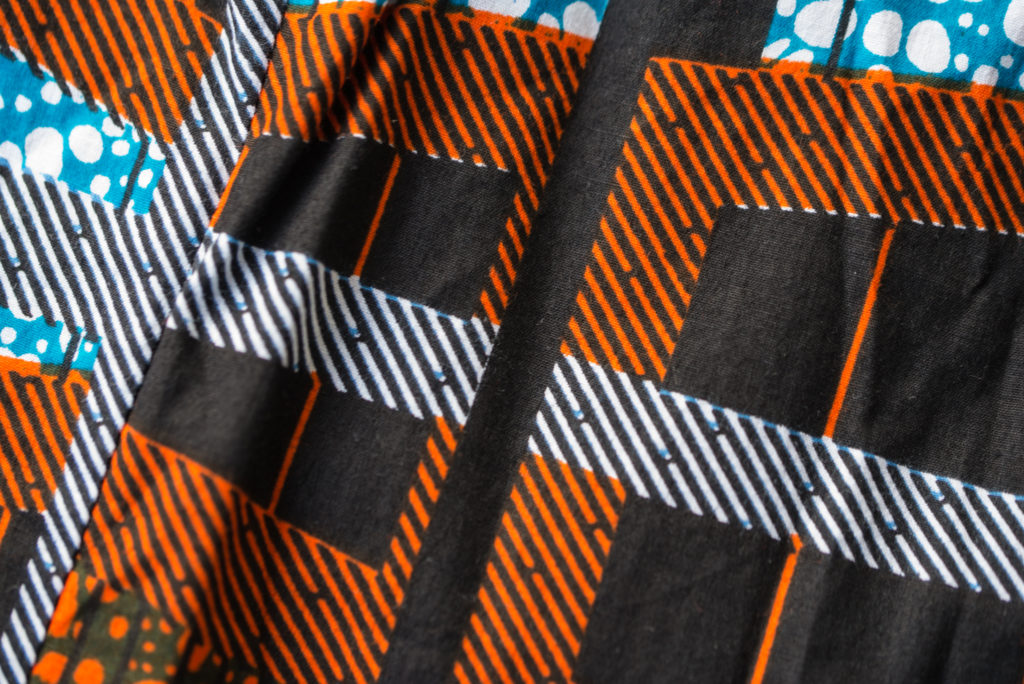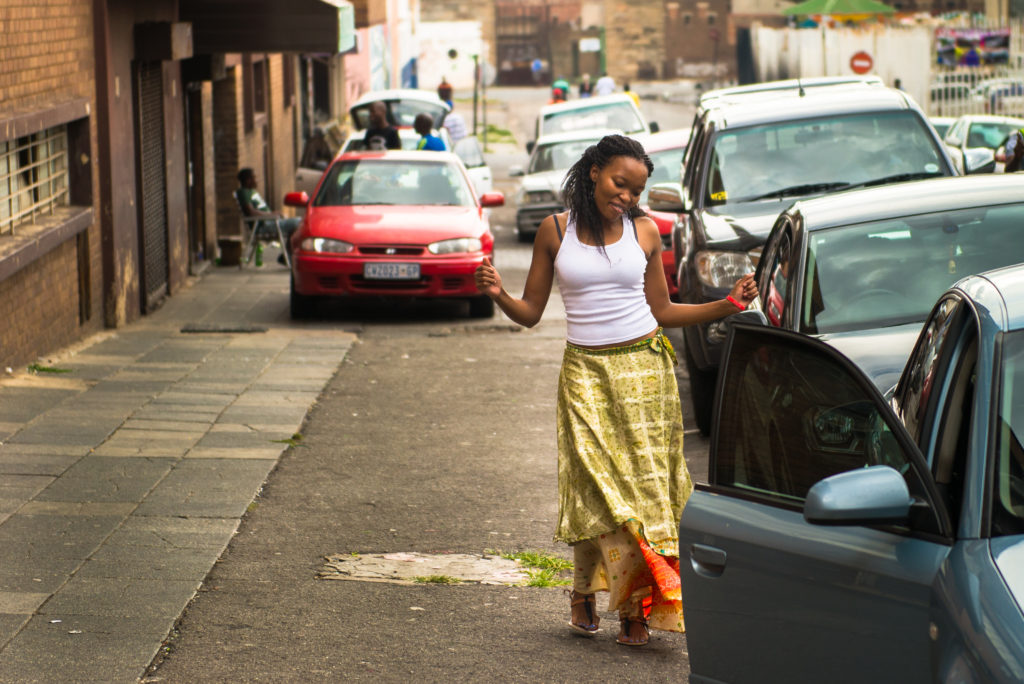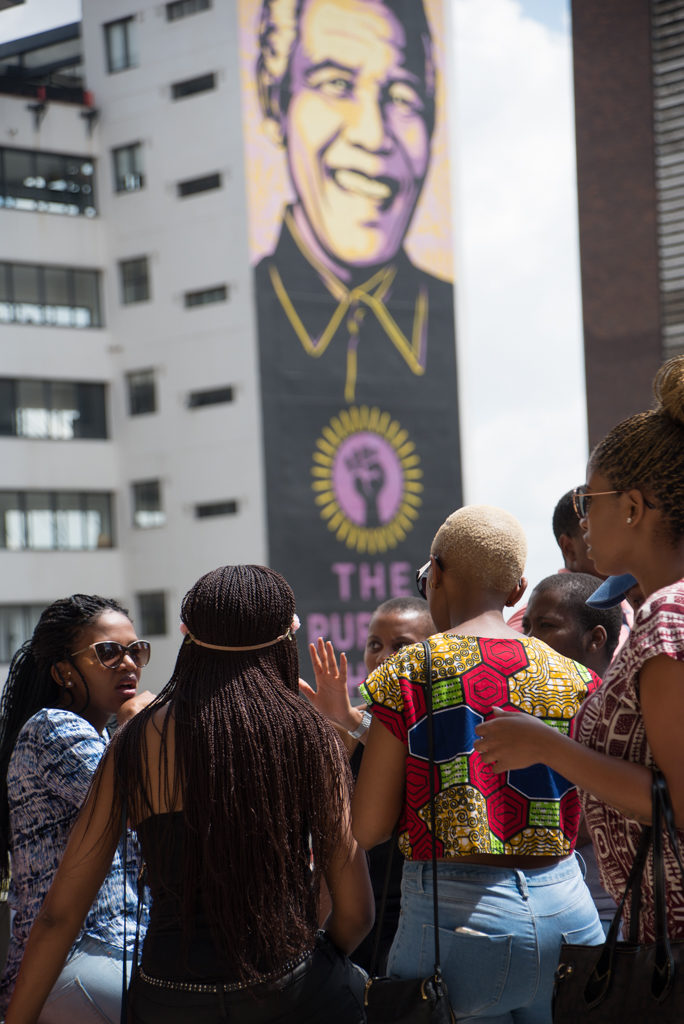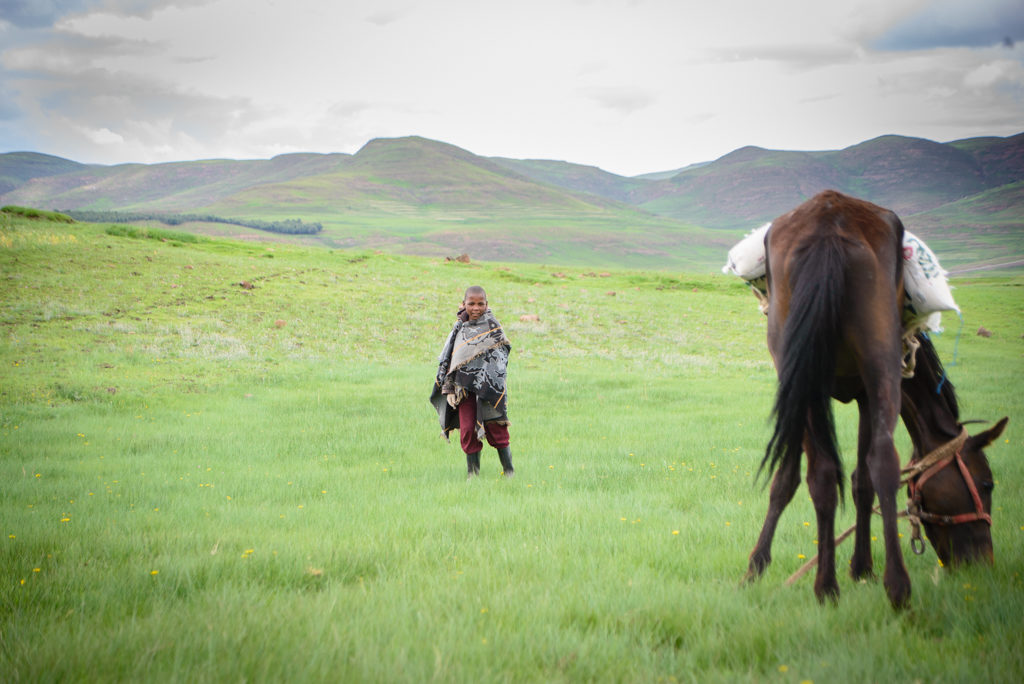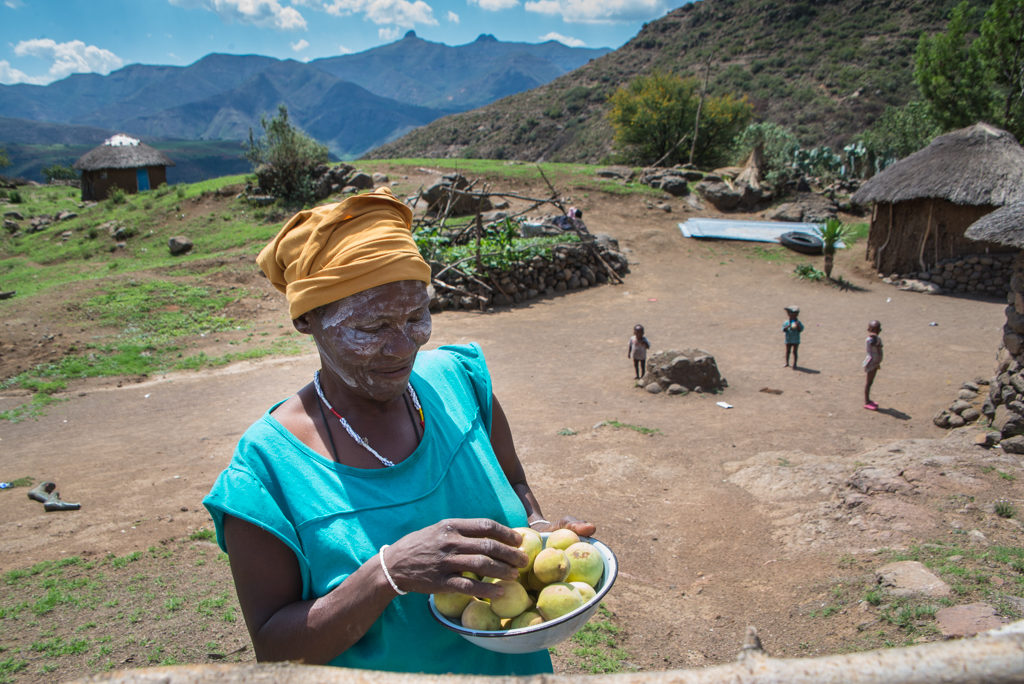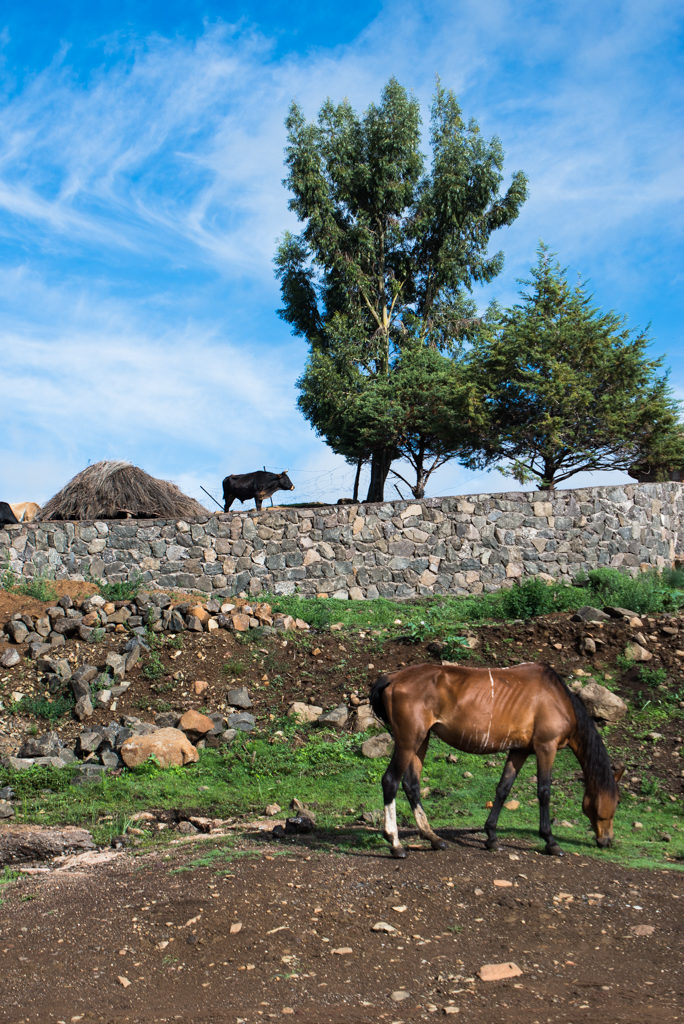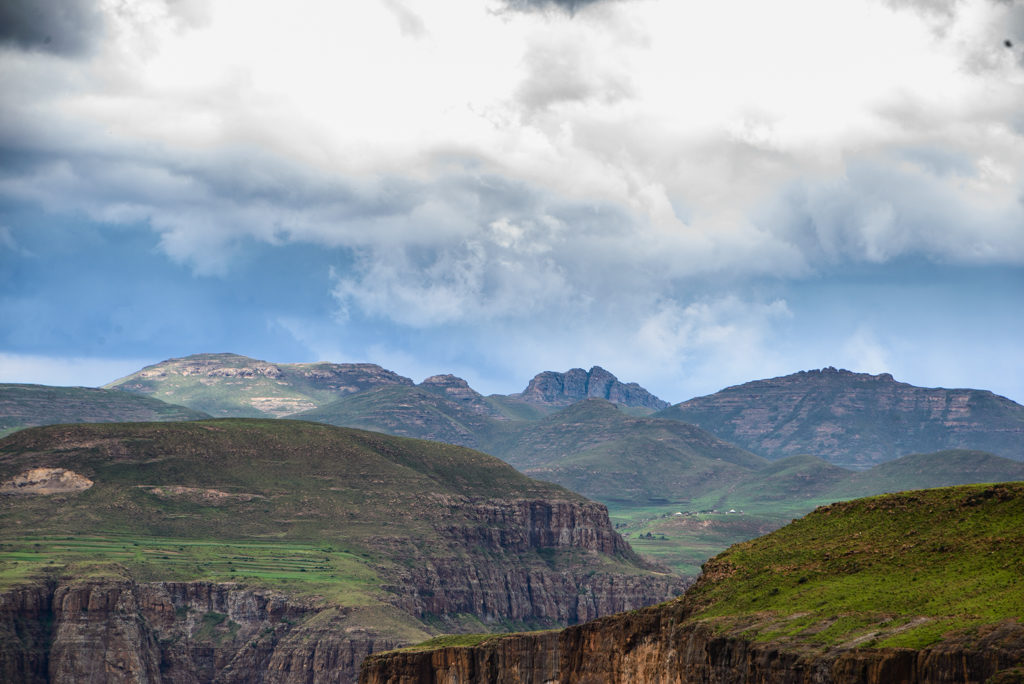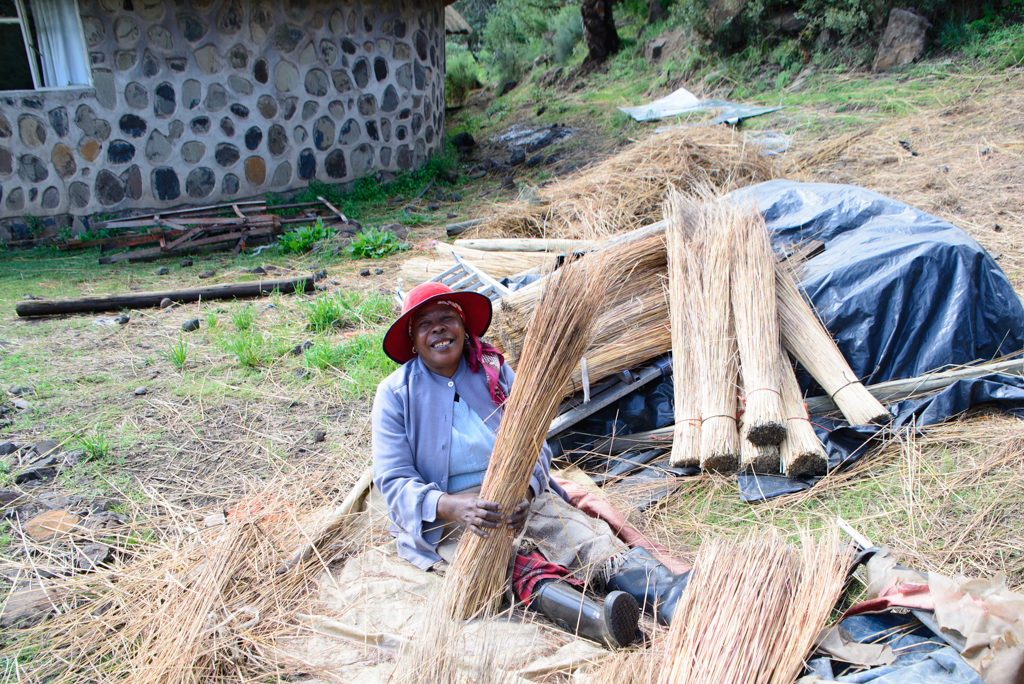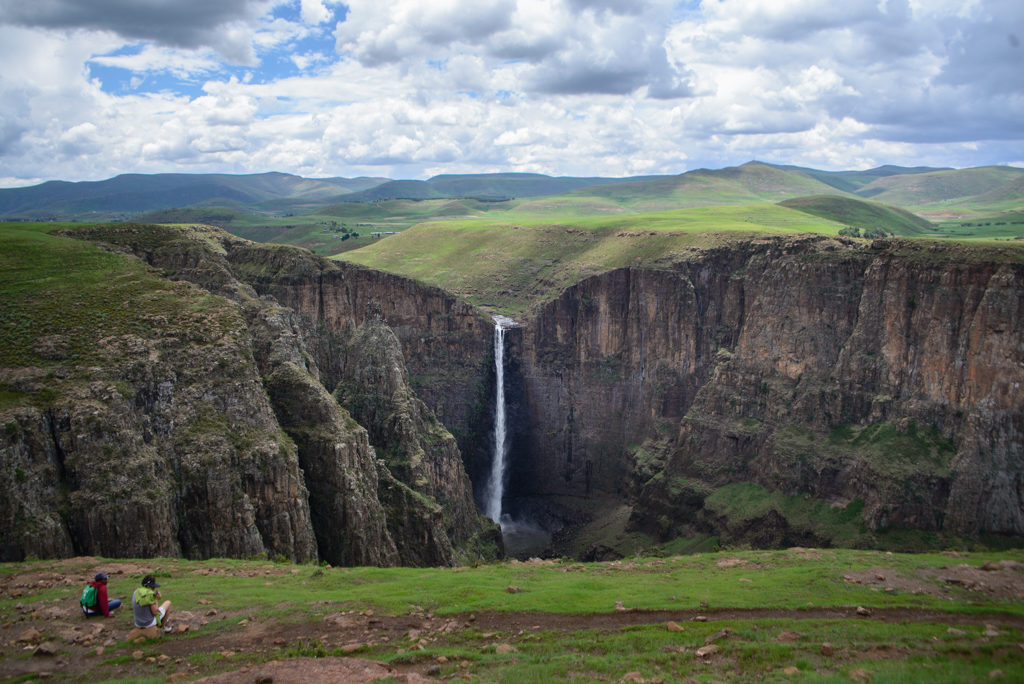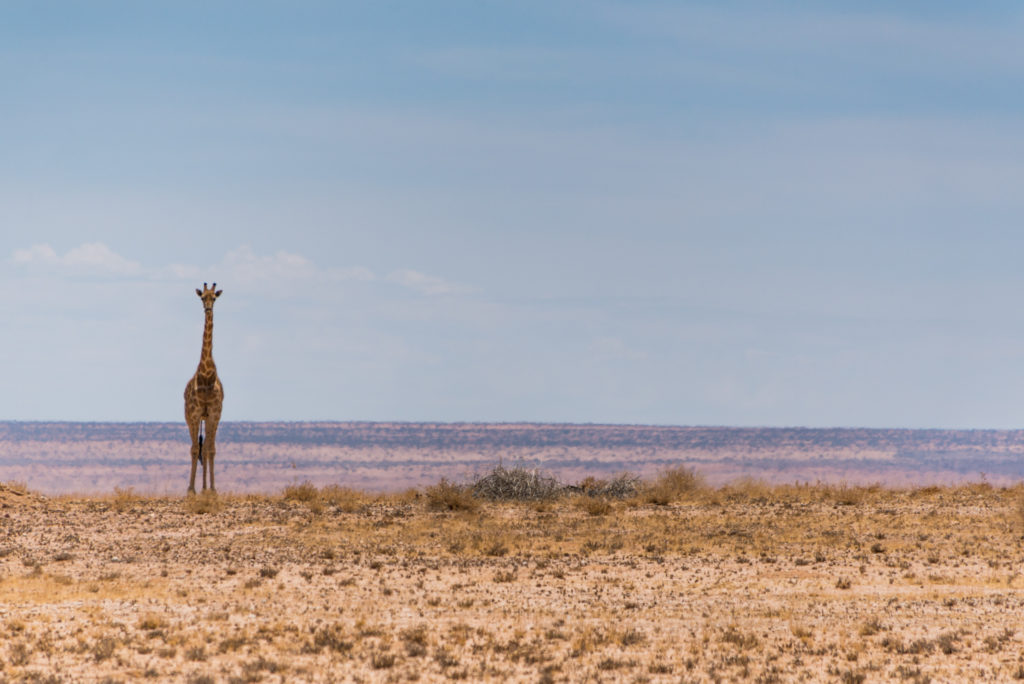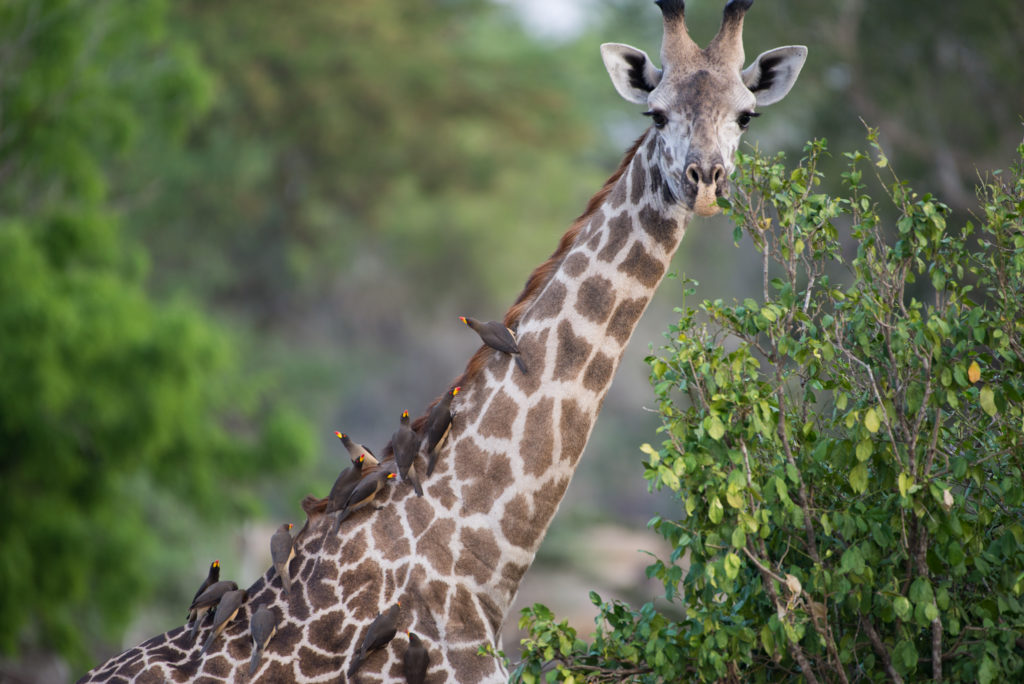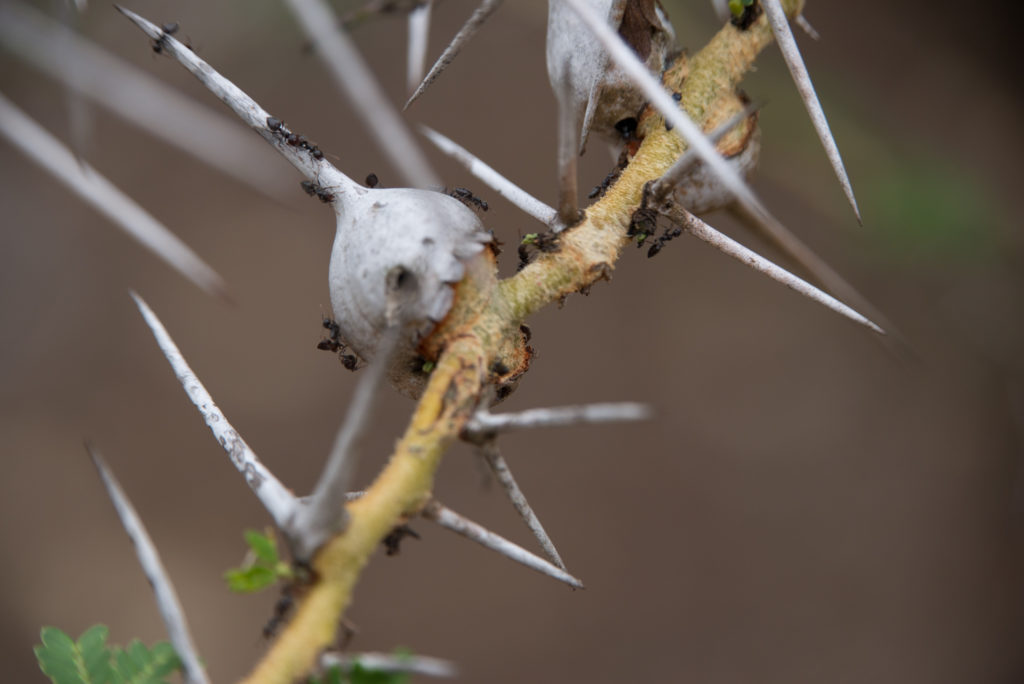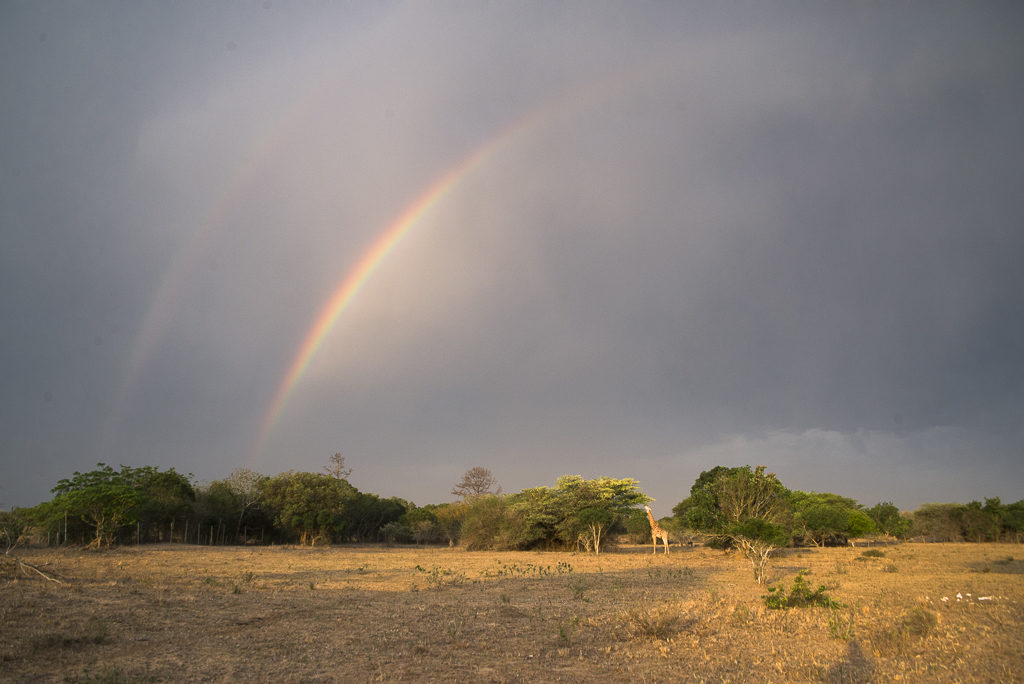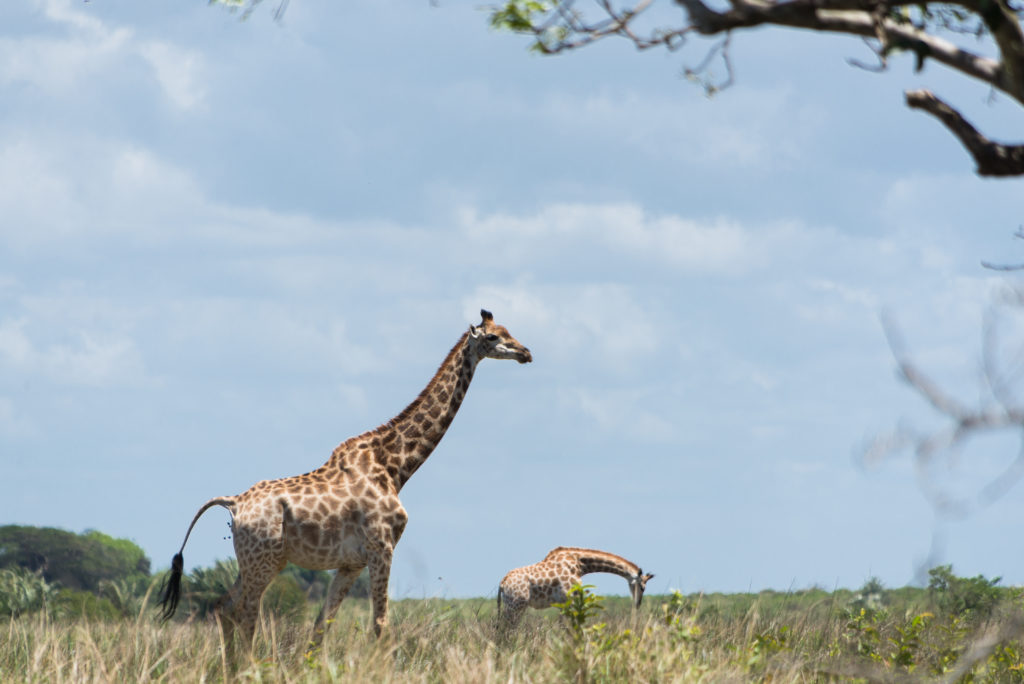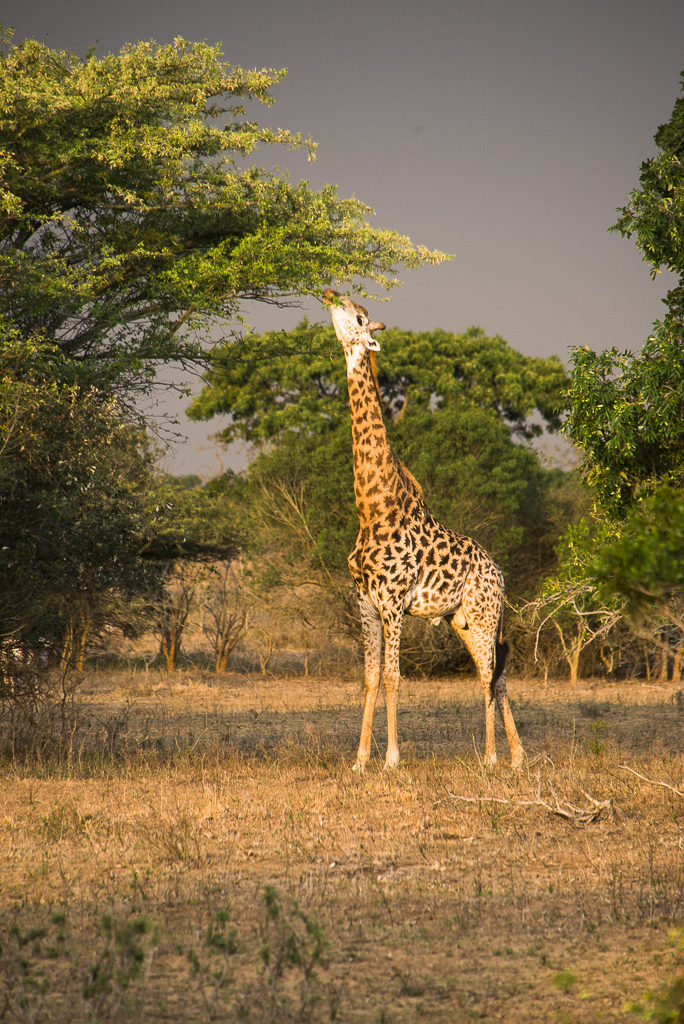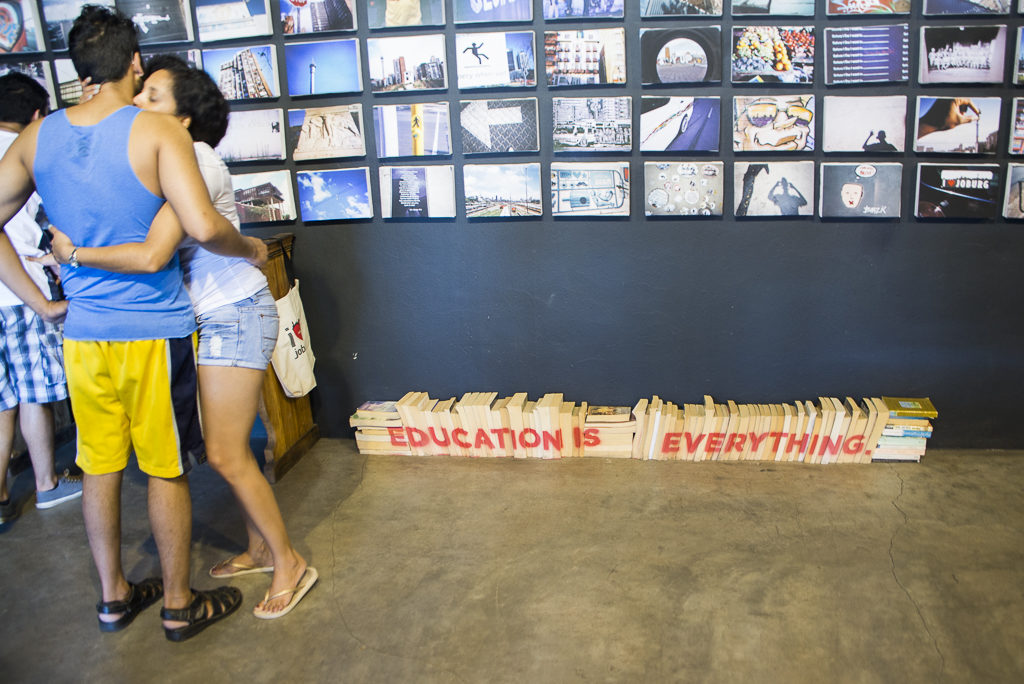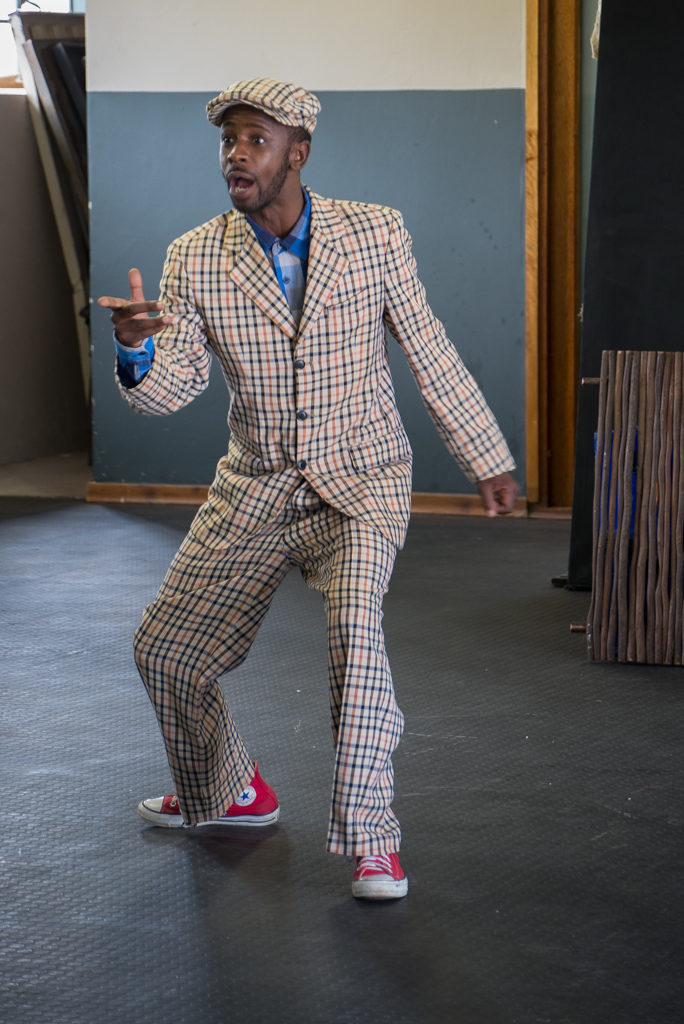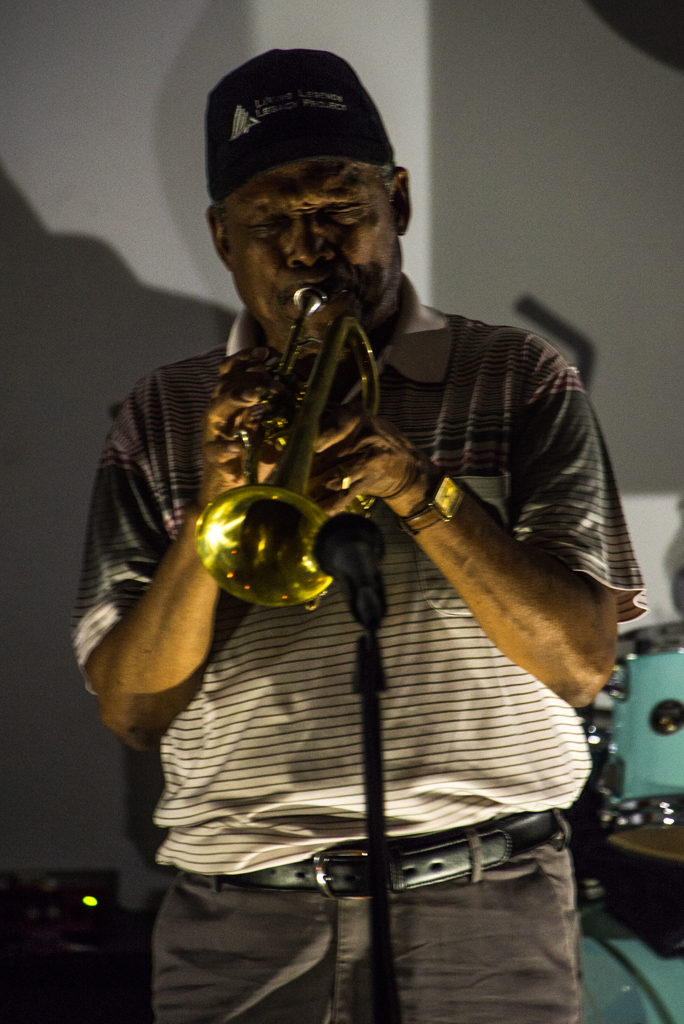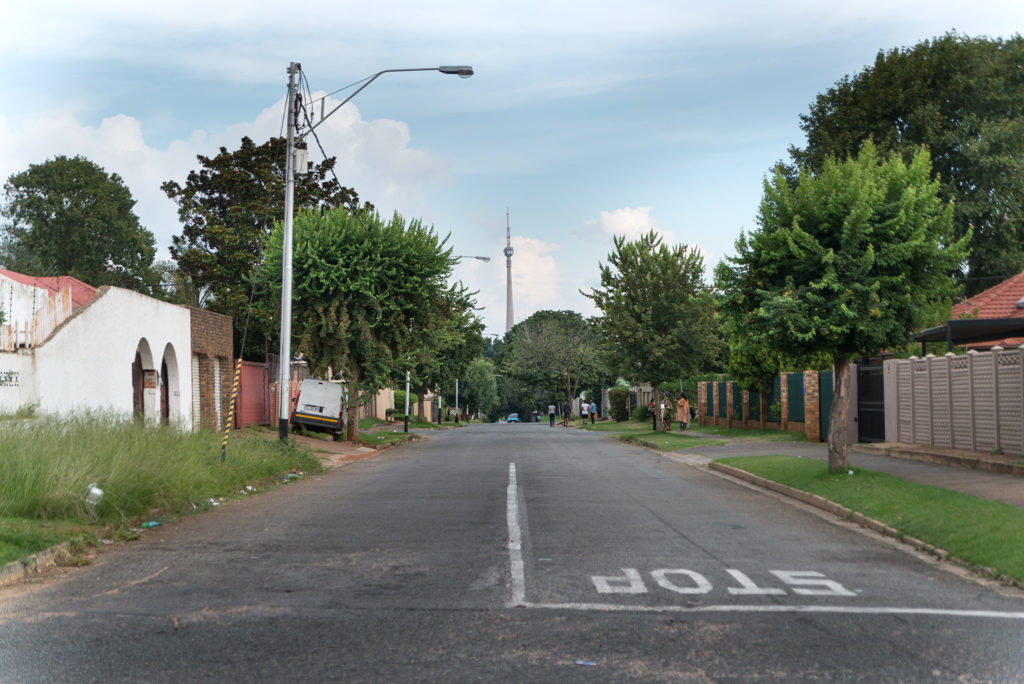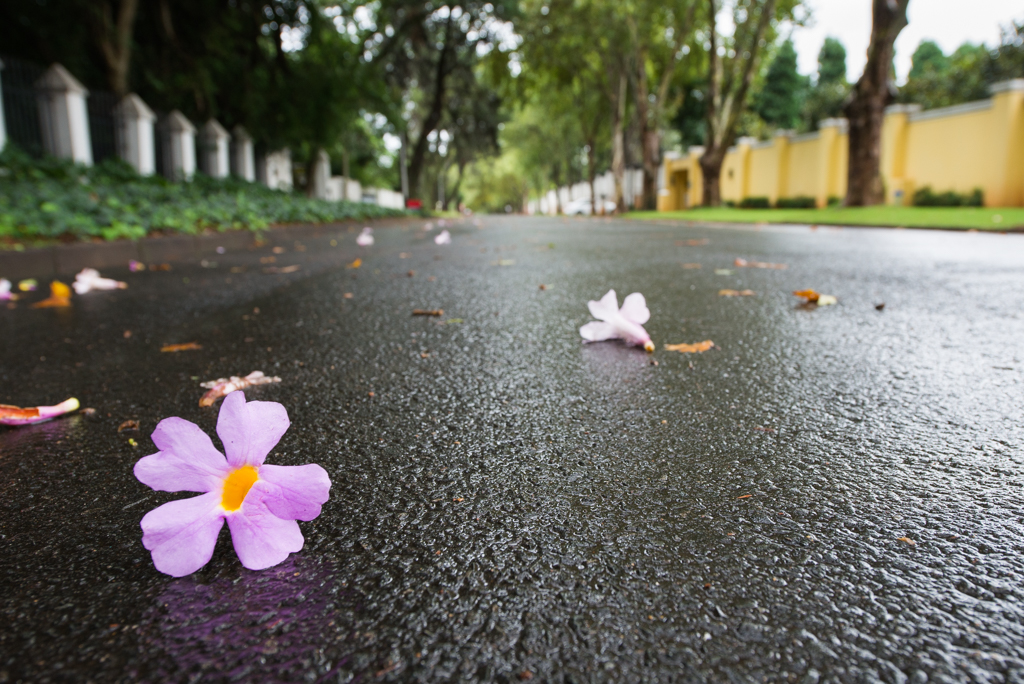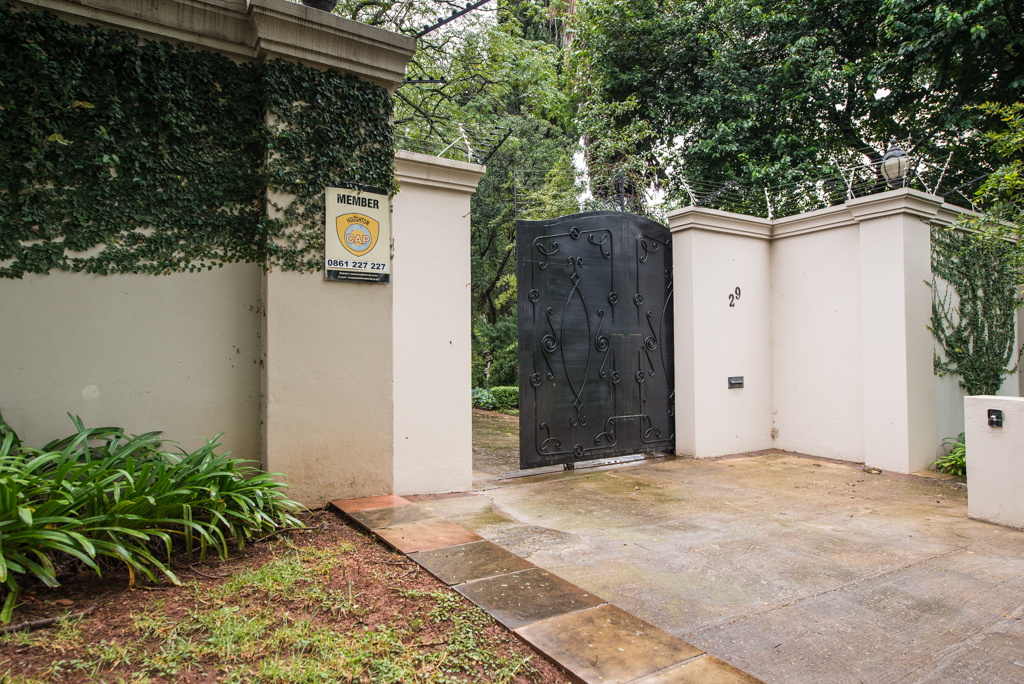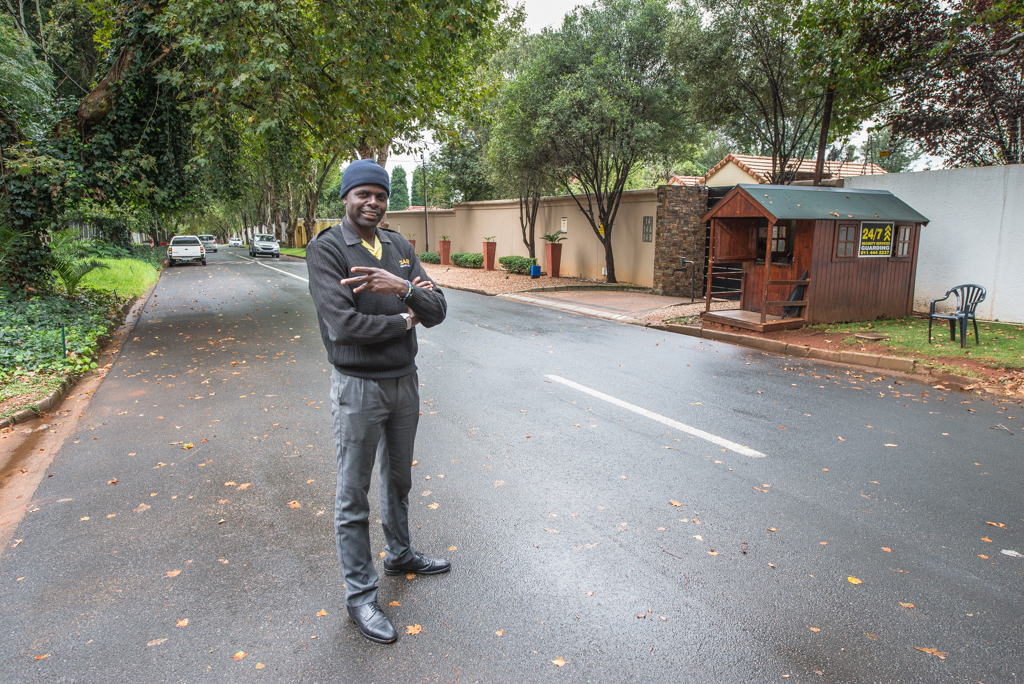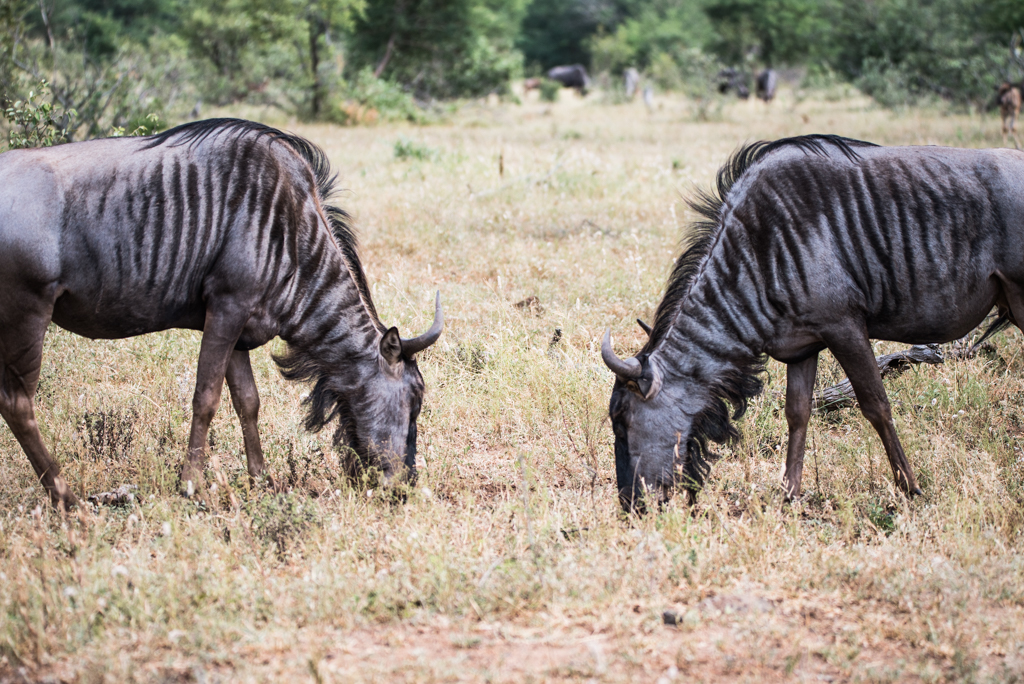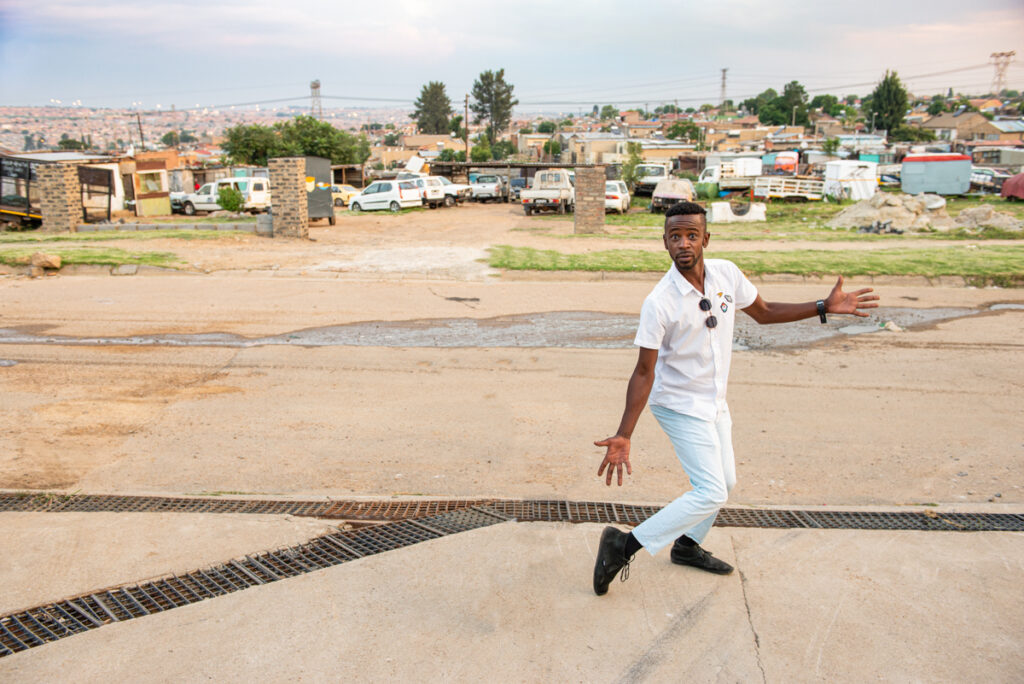
The sky is heavy. Dark clouds threaten to break any second. Unfazed, the dancers are out on the street, ressed in identical lose-fitting pants and smart button shirts. Their impeccably white high-top Converse will soon be caked with the blush red mud of the African soil. Parapara! – one pair of feet stomps the ground, a brisk command for the other dancers to break into a fast, intricate footwork. Their arms move in synchronous precision, as they twist and turn and kick and high jump, their rubber legs flying, their hands shooting through the air like bullets, signalling a secret code. The dancers whistle and shout, as they pound the ground like angry tap dancers, or drag their feet, as if trying to etch a message into the soil, as if trying to leave a trace.
It’s a late summer afternoon in Tembisa, Johannesburg’s 2nd largest township, and one of the largest in the world. The name, in isiZulu, means hope, or promise, but for her inhabitants, Tembisa holds little promise: Unemployment rate is as high as the druggies at the street corners. Where the streets are paved, they’re potholed, pitfalls for the little schoolchildren in short olive skirts and striped ties. There are stinking heaps of garbage sitting next to the makeshift stalls of the street vendors, women in brightly coloured headscarves waiting stoically by their high piles of mangoes, and onions in red net bags, as their chickens cackle noisily from their cages. All around, the squatters’ corrugated iron- and cardboard shacks keep sprouting, growing into the football fields and along the busy high-way to Johannesburg. One of the battered white omnibuses, the perilous but only means of public transport, stops with a jolt, spitting out black billows of fumes. It brings home Johannesburg’s workforce, tired men and women, who live in the tiny, single-story row houses with barred windows and barbed wire hanging like tinsel from the roofs and walls. They walk home slowly, their faces worn and worried.
The dancers, though, look focused and determined. They are in their thirties, about as old as the rainbow nation, the democratic republic of South Africa. They weren’t around when their parents and grandparents fought the apartheid regime for freedom and equality. They weren’t around when their forefathers were robbed of their lands and cultures. The township is all they know, all they have. They call their dance Pantsula – a slang word meaning to waggle like a duck, a metaphor for the demeanour of a gangster. And they call themselves Amapantsula, gangsters, even though dancing is the only thing that saves them from a career in crime.
Dancing is their cultural heritage. Dancing is what their parents and grandparents and grand grandparents did. Silenced, they danced to express themselves, neglected, they danced to re-affirm themselves, oppressed, they danced to keep their faith as their world kept crumbling. They danced to survive against all odds.
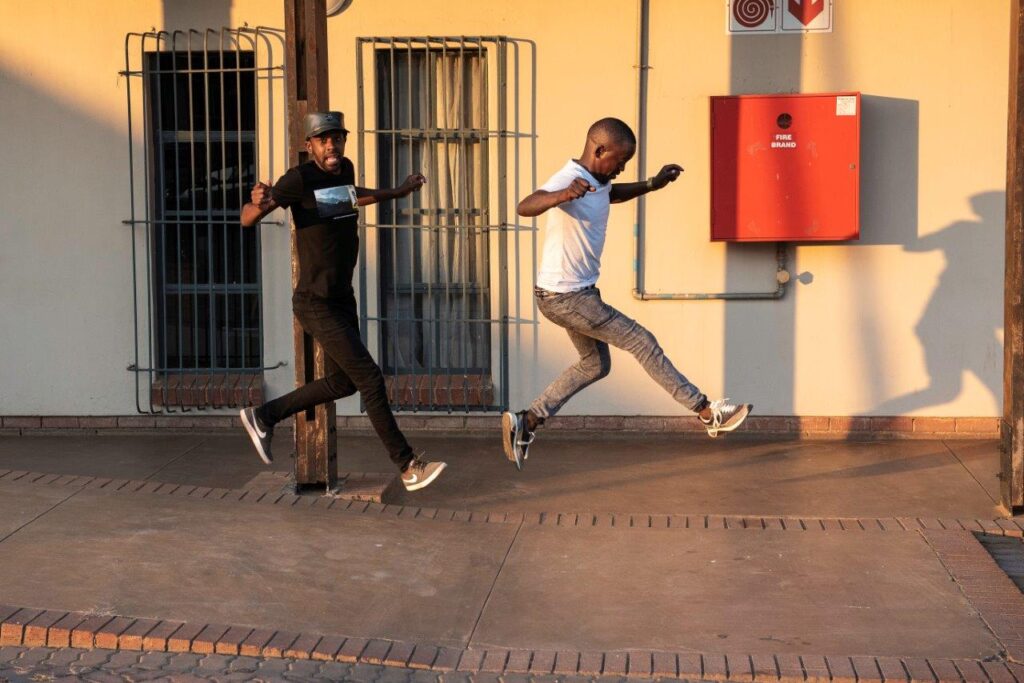
Pantsula is a living socio-political document, the expression of black identity in the township. It is a dance of resistance. Counterculture, rooted in African tribal songs and dances, but catalysed by the experience of systematic oppression.
In the 19th century, overburdening taxation and segregation laws of the British colonial administration robbed the native African population of any means of self-sustenance and forced them into labour in their gold and diamond mines. Dispossessed of their land, and resettled in overcrowded workers’ compounds, music and dance were the only creative or emotional outlets. The experience and hardship of migratory work changed the traditional songs and dances. The sung epics of the Sotho, or the expressive Zulu dances soon recounted the misery of the migratory worker. In the compounds, the African working-class hero was born, sung about even on the other side of the Atlantic. In 1925 Langston Hughes wrote his poem about the Witerwatersrand goldmine In the Johannesburg Mines:
In the Johannesburg Mines
There are 240,000
Native Africans working. What kind of poem
Would you
Make out of that?
240,000 natives
Working in the
Johannesburg mines.
The natives made more than a poem out of that. They made music. In the slums andtownships that grew around the mines as more and more men and women arrived, one- stringed guitars were fashioned from empty cases of cooking oil; rusty battered barrels served as drums, and empty bottles as flutes. The townships were flooded with music, the late Zimbabwean writer Yvonne Vera wrote, because “…with music they soar higher than the clouds, sink deeper than stones in water.”
Despite the squalor, the townships were creative melting pots, giving birth to the first vernacular music styles, marabi, (“junk”) and later kwela (“get up!”), from the wedding of traditional African and Western music – not their oppressor’s music though, but the song and dance of Afro-America.
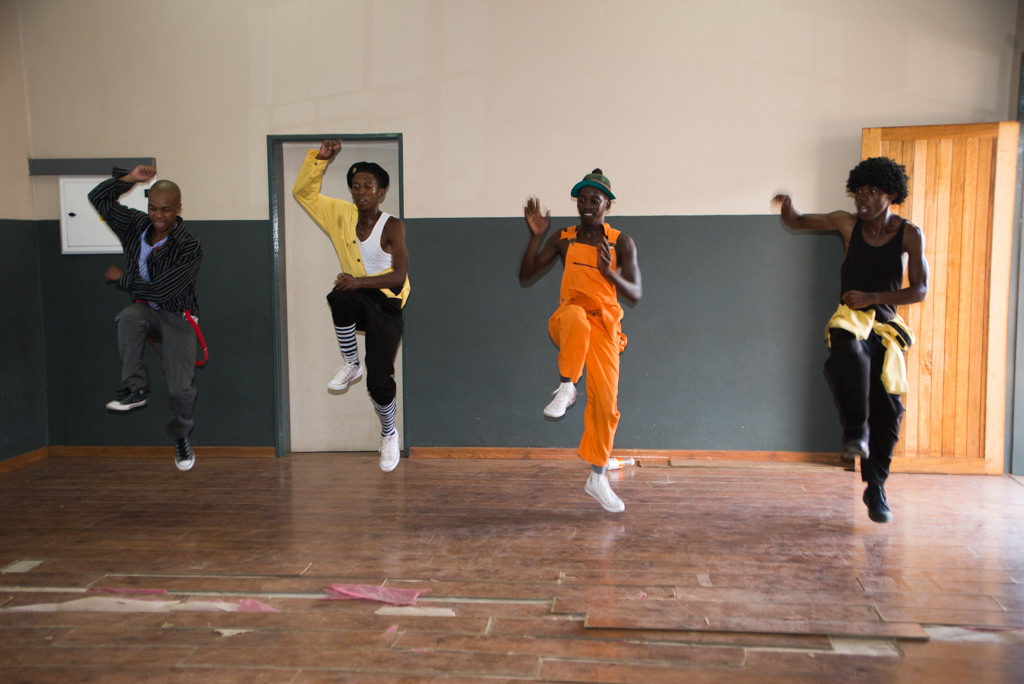
Black American music arrived in Southern Africa from the first half of 19th century on, in the form of touring minstrel shows and gospel choirs, later with radio and printed sheet music, and finally records. From their first encounters with ragtime, tap dancing, and harmonic singing, Africans were infatuated with black American culture. They admired black Americans for their confidence and their styling, their relative autonomy. But there was also a strong sense of solidarity and identification, as an uprooted and oppressed people, but most importantly, as Africans. Although Afro-American music hails from Western-African traditions, which rely more heavily on drums and poly/rhythms than the more voice and dance-centred Southern African traditions, the arrival of Black American culture was a seed falling on fertile ground; it was its homeland.
That the up-rooting and replanting of Africans came with their loss of cultural heritage, and most importantly their music and dance tradition, was never unintended. Music and dance, which governed every aspect of African life, from daily work chores to ceremonies, was not only an expression of humanity, but it bestowed humanity. The term Bantu – human in the African languages – comprises also the moral aspects of being human, like solidarity, empathy, respect. It was hence what colonizers needed to erase, if they wanted to exploit “natives” as workforce.
Africans were characterized as uncivilized pagans in need of education and saving. Missionary schools (British as well as American) and various Christian churches provided African children with Western clothes, Western education, Western values and beliefs. Not surprisingly, this drove a wedge between the rural Africans, who proudly stuck to their tribal values and mores, and the Westernized, missionary- educated Africans, who strove towards self-improvement, self-realization and personal advancement. The two groups, the new working class, and the trained lawyers and doctors, the new a middle class, eyed each other with growing suspicion. The workers who entertained themselves in the beer halls, with their “marabi” music, were frowned upon by the self-declared “elite,” who had acquired a taste for classical music and spiritual hymns. It was only in their growing discrimination, that they were equal. Restrictive segregation laws and measures like curfews, prohibition, and strict monitoring, subjected all black people alike. Then a miracle happened: Sophiatown.
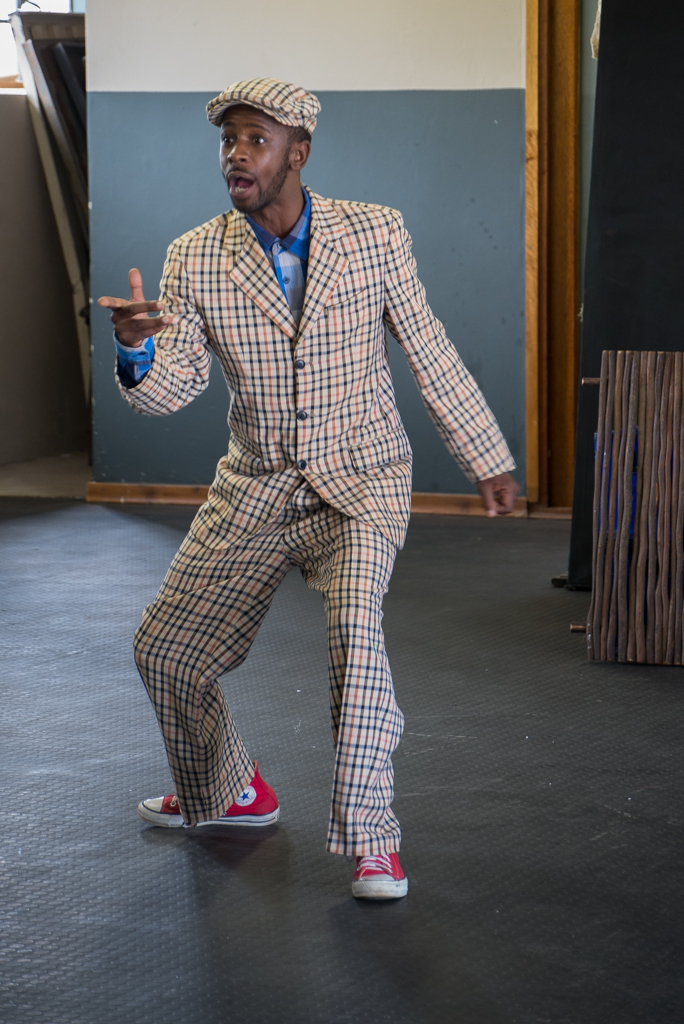
In the freehold Johannesburg suburb, the two classes united. Shunned by whites due its poor drainage and its vicinity to a municipal sewage facility, Shophiatown was home to a fast-growing racially mixed but predominantly black population. Although notorious for its violence, and poverty, it was a place of relative freedom, autonomy, and neighbourly solidarity. Given its racial and social diversity, Sophiatown was as a cultural and political hothouse leading to the renaissance of black African identity. And to Pantsula.
In so-called shebeens, illegal liquor lounges, to the sound of Marabi-Jazz, as it was now called, politics were discussed across social lines, giving rise to new political consciousness. With the help of Langston Hughes, via letters from Harlem, an African intellectual and literary scene flourished. Magazines catered to a black audience, most notably Drum magazine. With its sassy signature style, it featured investigative journalism that denounced the exploitation of black workers in apartheid South Africa, but, maybe even more importantly, it glorified Sophiatown. In the photos of German photographer Jürgen Schadefeld, Sophiatown was a bubbling, sprawling city. Men were cool cats in Borsalino-hats, the dancers at the many dance halls were caught airborne, taps sparkling on shiny patent leather shoes. The singers, songbirds, were sultry and glamorous like Lena Horne.
Although extremely violent, gangs often played the role of Robin Hoods in the tightly- knit communities. They had distinguished tastes in fashion, dressing in Cab Calloway style zoot suits that were all the rage, and music. Particular gangs protected particular orchestras or bands. Most performers were either affiliated to gangs, like Miriam Makeba, or gun-toting gangsters themselves.
Music flourished. Jazz bands and orchestras imitated the sound of Duke Ellington and Count Basie to the T, while tappers and Lindy Hoppers perfected the routines of the Nicholas Brothers or Fred Astaire, in their marabi way.
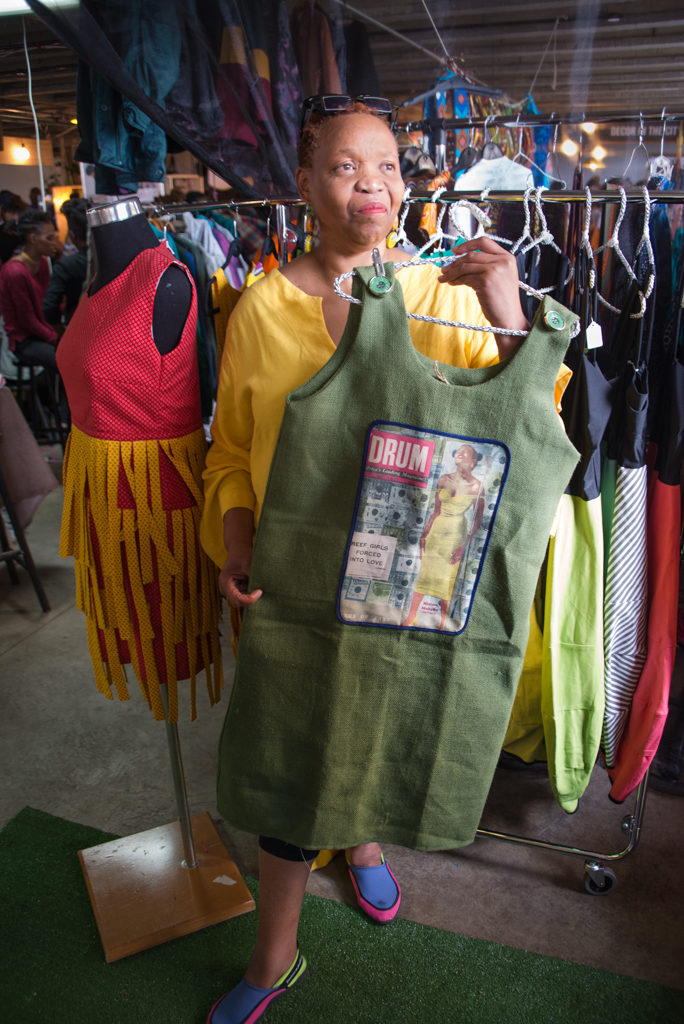
If Sophiatown didn’t live up to the glitter, its image gave the black urban Africans something to be proud of: an identity and political consciousness. In the Shebeens and dancehalls, where Nelson Mandela clinked glasses with Miriam Makeba, the Anti- apartheid movement was born. To drink and dance was an act of civil resistance.
By the end of the 1950s, the apartheid government put an end to the socio-political utopia that was Sophiatown. Nelson Mandela was imprisoned, Sophiatown bulldozed, and its more than 70,000 inhabitants resettled in townships. Diversity had proved to be threat to totalitarianism, so people were resettled according to their ethnicity, even though in African culture, where people organized their lives along kinship, not race, this had never played a role.
Now there were streets of identical four room houses reserved for Zulu, others for Xhosa and so on. Estranged, the Africans were not only robbed of their past and their newly gained identity, but of their future, as the Bantu Education Act system came into effect: Afrikaans, which black Africans rarely spoke, was legally instated. It was a policy of active de-skilling of the black population. As pupils didn’t understand their teachers anymore, they were rendered fit for menial work as nothing else. Any organizations were monitored and regulated, and as gatherings were forbidden, dancing, the very expression of humanity, pushed into the underground.
“Now when we grouped, the police would beat us. Now when we make Pantsula, they think we are just there for happiness.” Daniel Mokubung says in a documentary about Pantsula. “It’s where we started talking about our lives. It’s not only dancing, it’s where we start to know politics.”
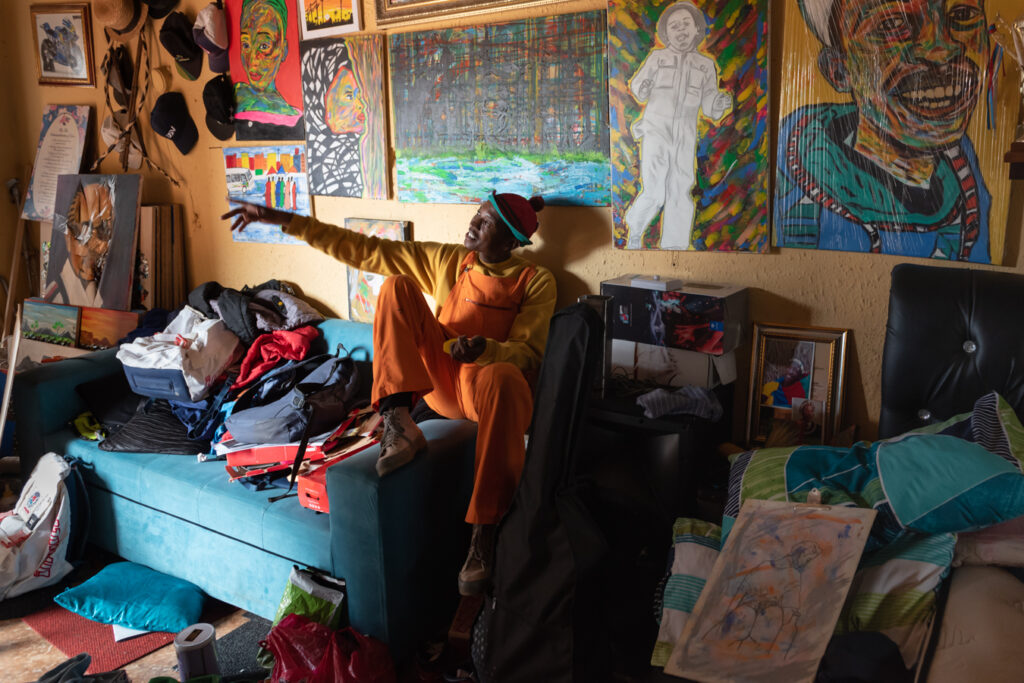
In the 1960s, at the height of the oppression, when tap shoes fell silent, Pantsula took over. The movement didn’t stop, only the shoes changed.
In the 1980s, an international boycott isolated South Africa, but American Hip Hop reached the country on contraband tapes. To the lo-fi sound from rattling boomboxes, the dancers in the townships recreated their style. “You had to respond to the political oppression in creative ways, so that you can have dignity.” Pantsula Sicelo Malume, who danced in the 1980s, says. Politically active musicians like Miriam Makeba were barred, and censorship rendered South African music so anodyne, they called it Bubblegum Music. Pantsula, though, got edgier.
As the death toll rose and the Anti-apartheid struggle turned increasingly violent, the steps quickened. The moves gained a new percussive quality, or fierce abruptness, as if the body was barely able to contain its forces. So was the country. In 1990, Nelson Mandela was released. The days of the apartheid regime were counted.
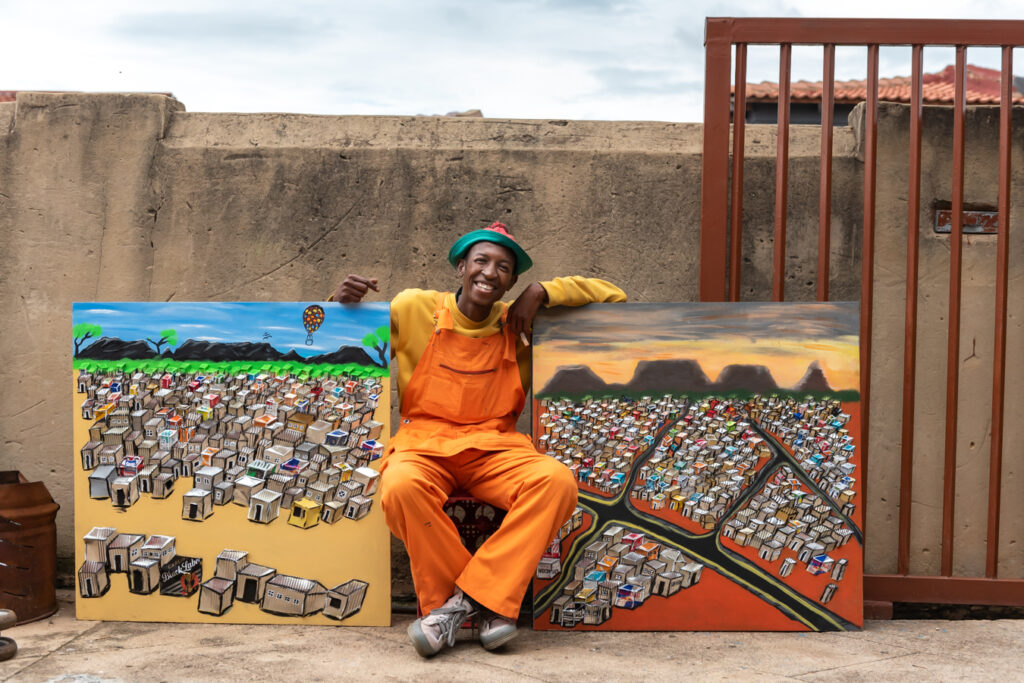
Now, thirty years after the formal end of apartheid, Pantsula is about carving out a niche in a world that doesn’t hold much in store for those who still suffer from economic discrimination. Since dancing and drinking is no longer an offense, Pantsula has lost its political charge. Many young dancers regard it as a way out of misery. But if they admire American gangsta rap, they have none of the cool nonchalance of Snoop Doggy Dog or Jay Z. The amapantsula rehearse with extreme discipline, matching the military drill of a Russian Ballet school. They dream of an international career – a dream that hardly ever comes true, even though in the past ten years, Pantsula has reached a broader public. TV shows like South Africa Got Talent, frequently feature Pantsula, as did Beyonce in her video to “Girls run the world.”
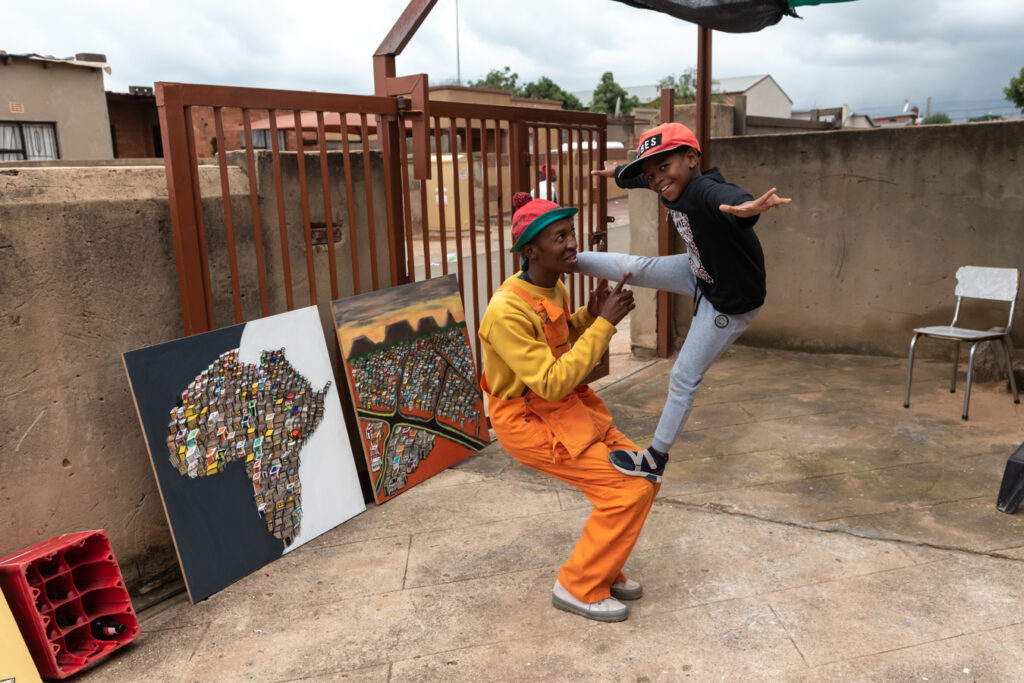
“If we were 20 or 30 in the 1970s and 1980s we would have been using everything we had to fight Apartheid… but now we have the freedom and space to do what we want with our talent and we have the ability to really manifest our dreams…” Poetess Lebogang Masile says, referring to South Africa’s post apartheid youth, dubbed the “Freedom children”. “If our parents fought for freedom, we fight for identity,” Pantsula dancer Malume says.
With the commercialisation of rap, the word township has recently got a sexy ring to it. Media like MagY and youth radio stations, catering to the freedom children, showcase “Ghetto superstars” in glossy pictures and high-end video productions. Local fashion brands like Loxion Kulcha (a malapropism of Location Culture, with location being another term for township) sell high-priced township fashion and converse sneakers to the hipsters in the gentrified neighbourhoods of Johannesburg. But their paying costumers rarely live in the townships.
In Tembisa, far from the craft gin bars and vegan coffee shops of Johannesburg, Pantsula is more than shoes and fashion. It is pride, it is identity. It is hope in a hopeless place. To dance is to be alive, to dance is to be human. Parapara! – the clouds break, and the potholes turn into puddle. The red mud splashes from the shoes of school children as they dash home, and from the flat tyre of an omnibus that got stuck, and from the dancers’ feet, as they keep stomping and whirling, skipping and sliding. The rain falls on fertile ground.

